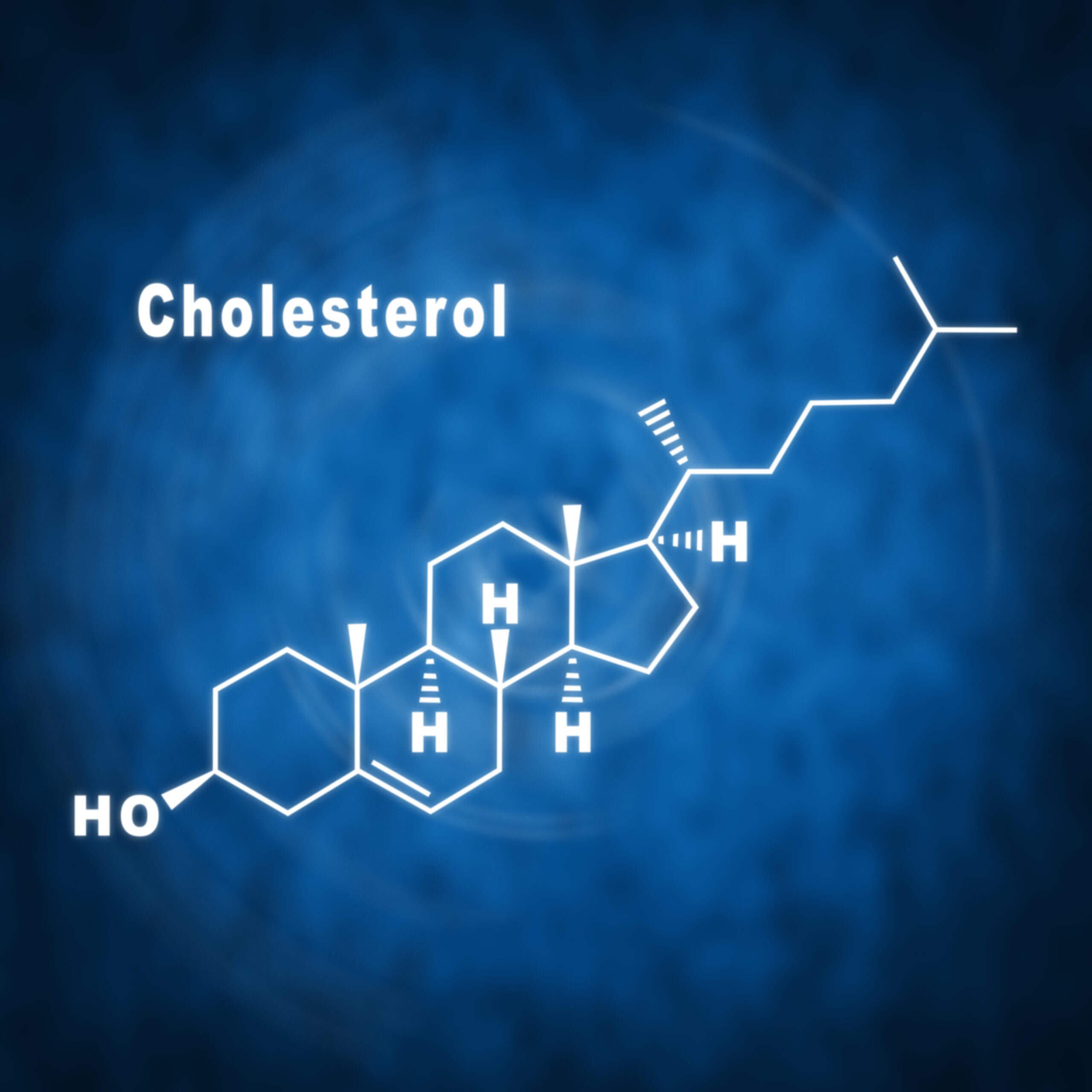Dyslipidemia
Dyslipidemia is a type of lifestyle-related disease, commonly seen in modern populations. It is caus
Dyslipidemia
Dyslipidemia refers to a condition where the concentration of lipids (cholesterol and triglycerides) in the blood exceeds normal levels. The primary causes include poor dietary habits, lack of exercise, and genetic factors. A diet high in saturated fats and carbohydrates is especially linked to elevated cholesterol levels.
Dyslipidemia is often asymptomatic, meaning there are typically no noticeable symptoms. However, if left untreated, it can lead to atherosclerosis, significantly increasing the risk of heart attacks and strokes. Regular health checkups to monitor blood lipid levels are essential, and treatment may include dietary changes, exercise, and medication if necessary. Maintaining a healthy lifestyle and focusing on early detection and treatment is key to preventing serious complications.Dyslipidemia refers to a condition where the concentration of lipids (cholesterol and triglycerides) in the blood exceeds normal levels. The primary causes include poor dietary habits, lack of exercise, and genetic factors. A diet high in saturated fats and carbohydrates is especially linked to elevated cholesterol levels.
Dyslipidemia is often asymptomatic, meaning there are typically no noticeable symptoms. However, if left untreated, it can lead to atherosclerosis, significantly increasing the risk of heart attacks and strokes. Regular health checkups to monitor blood lipid levels are essential, and treatment may include dietary changes, exercise, and medication if necessary. Maintaining a healthy lifestyle and focusing on early detection and treatment is key to preventing serious complications.
